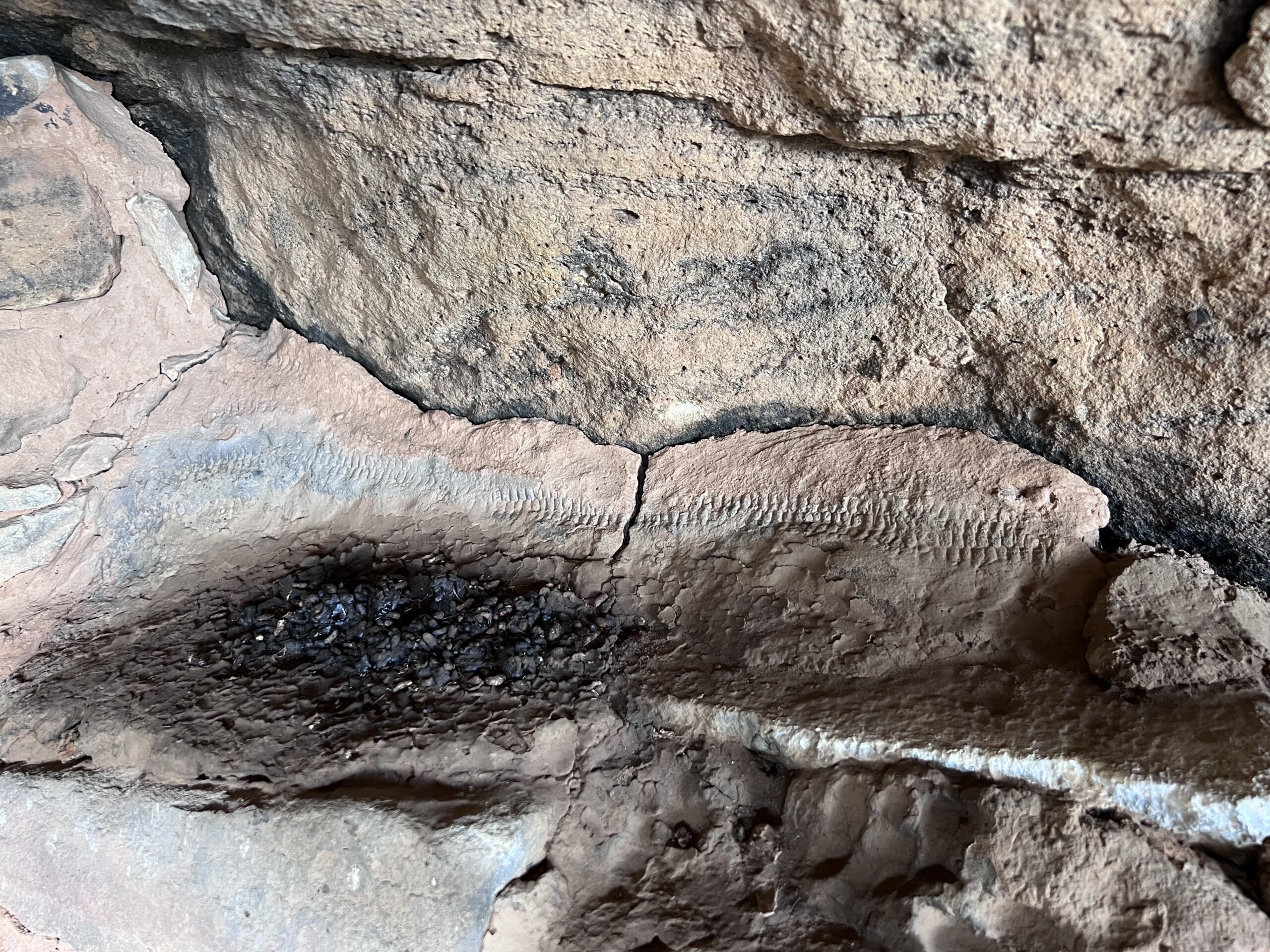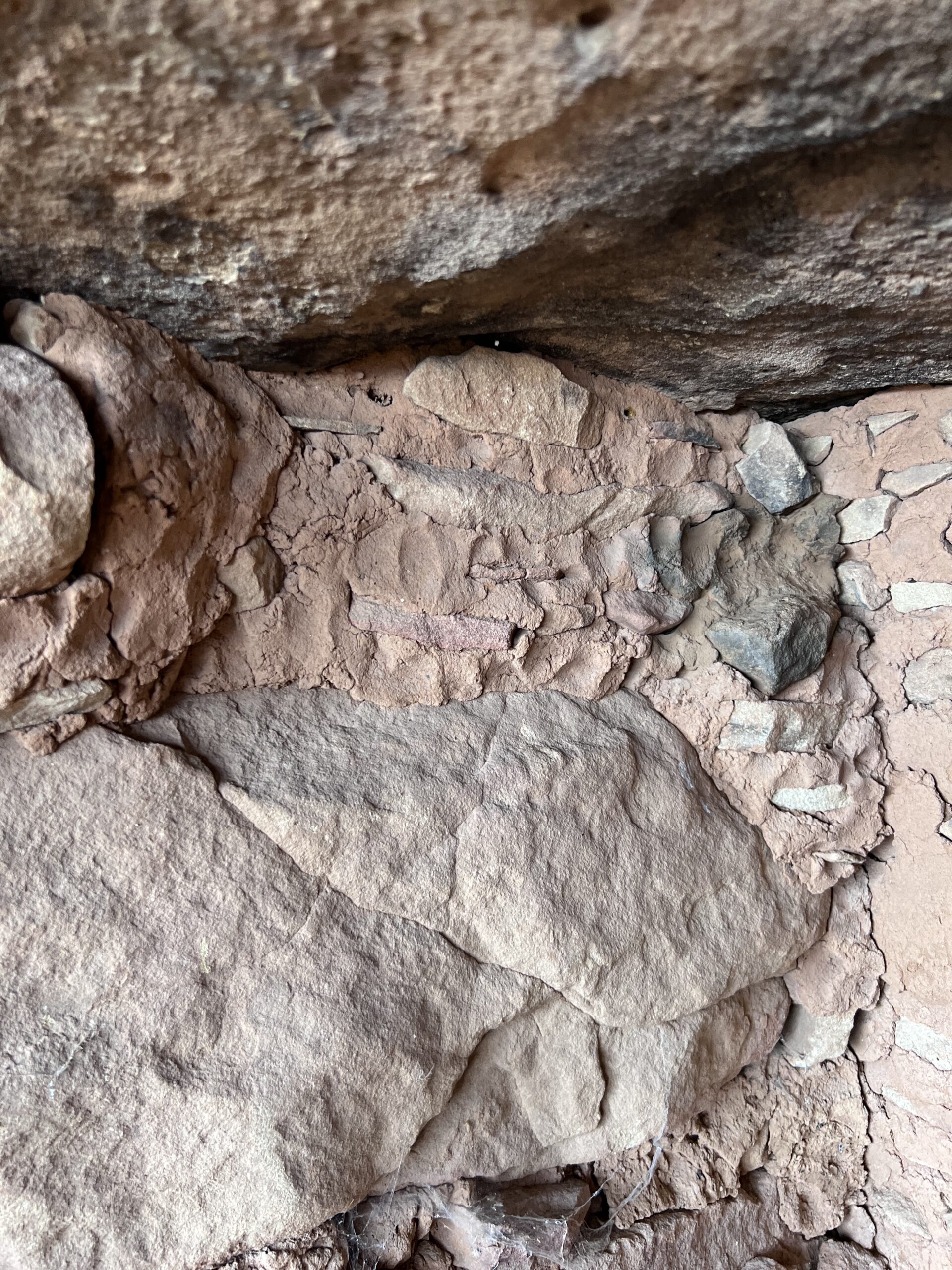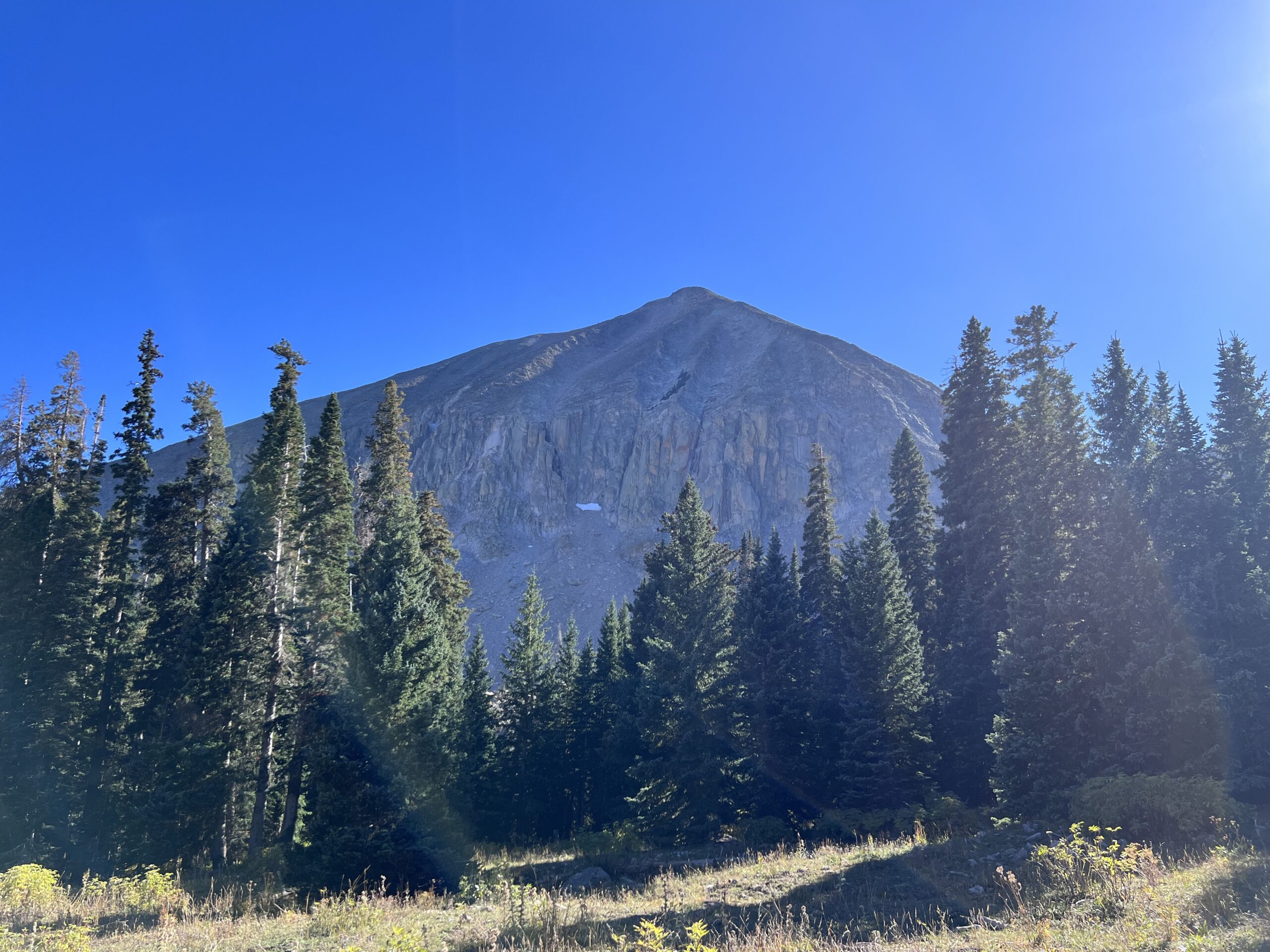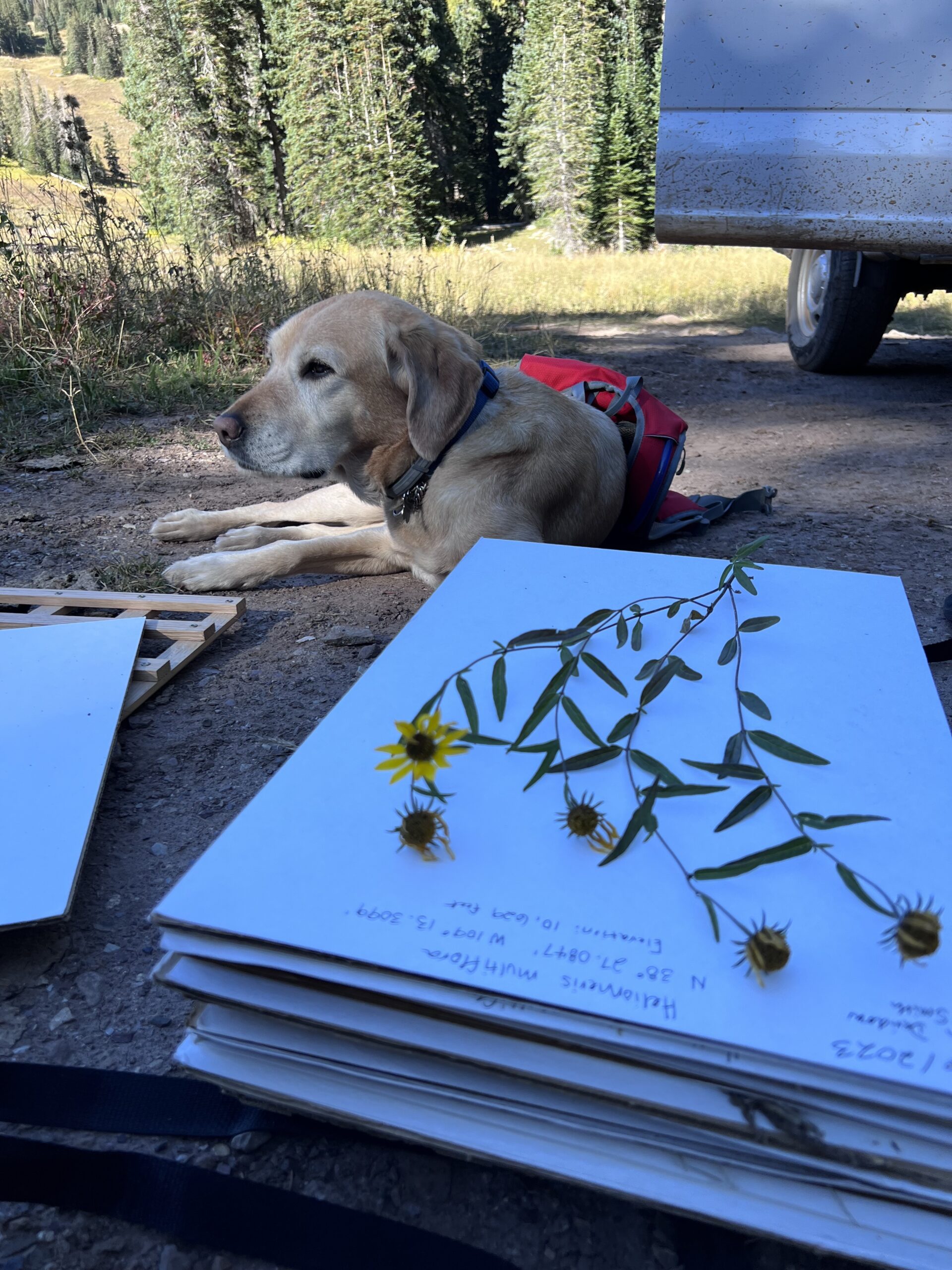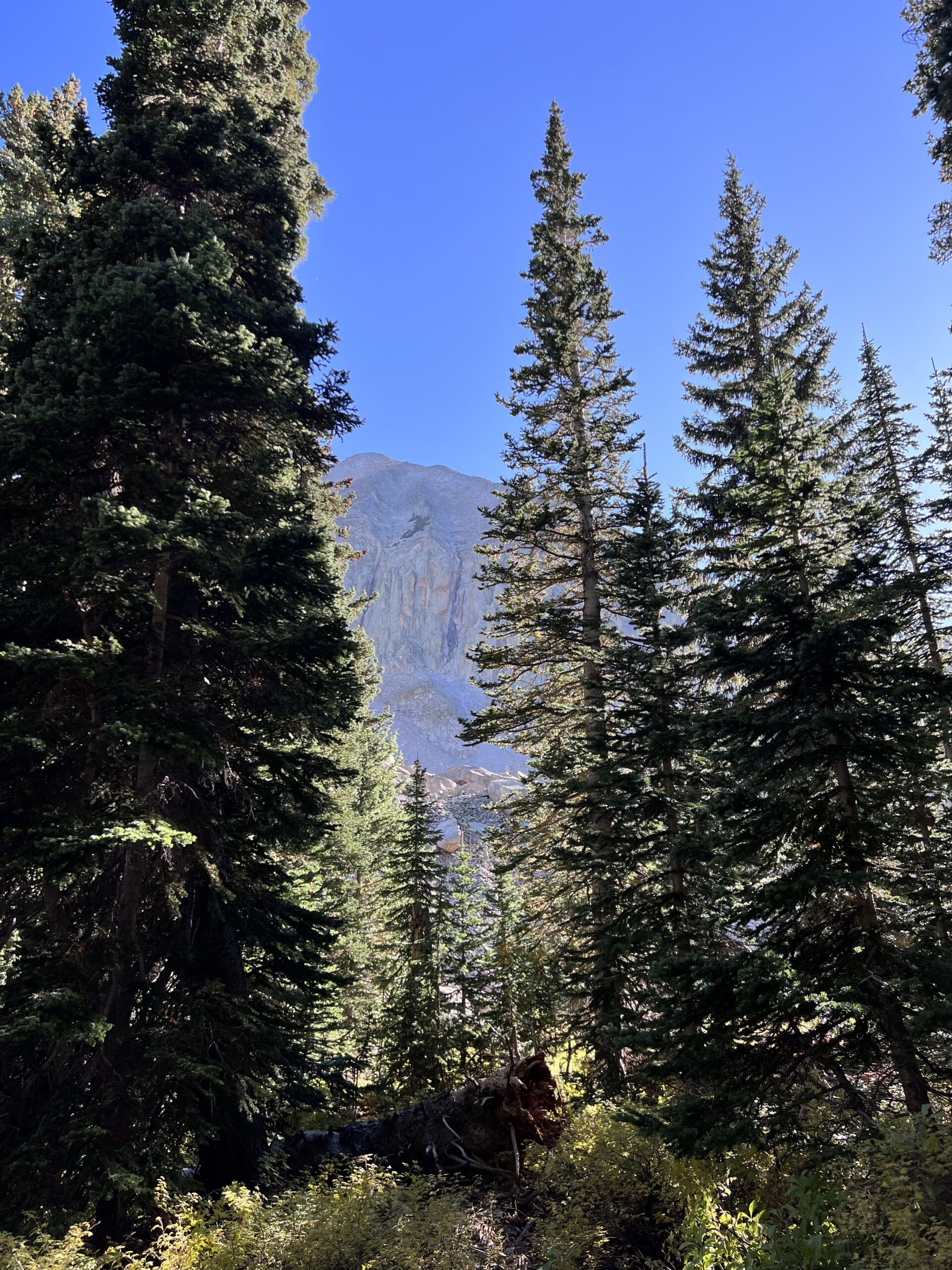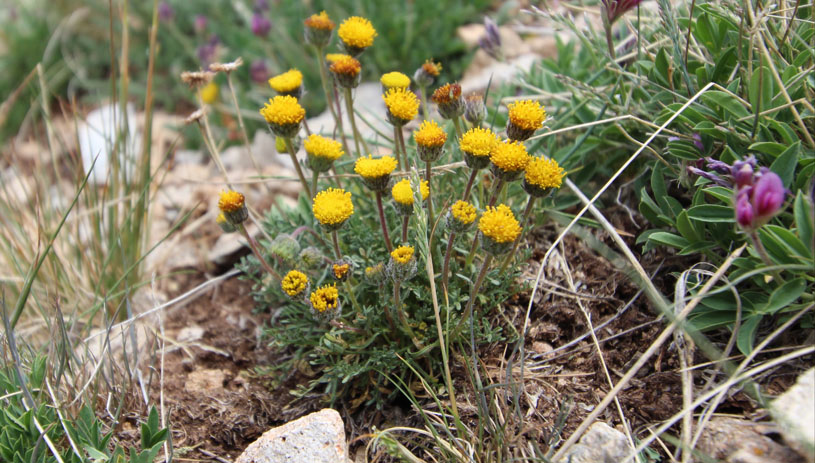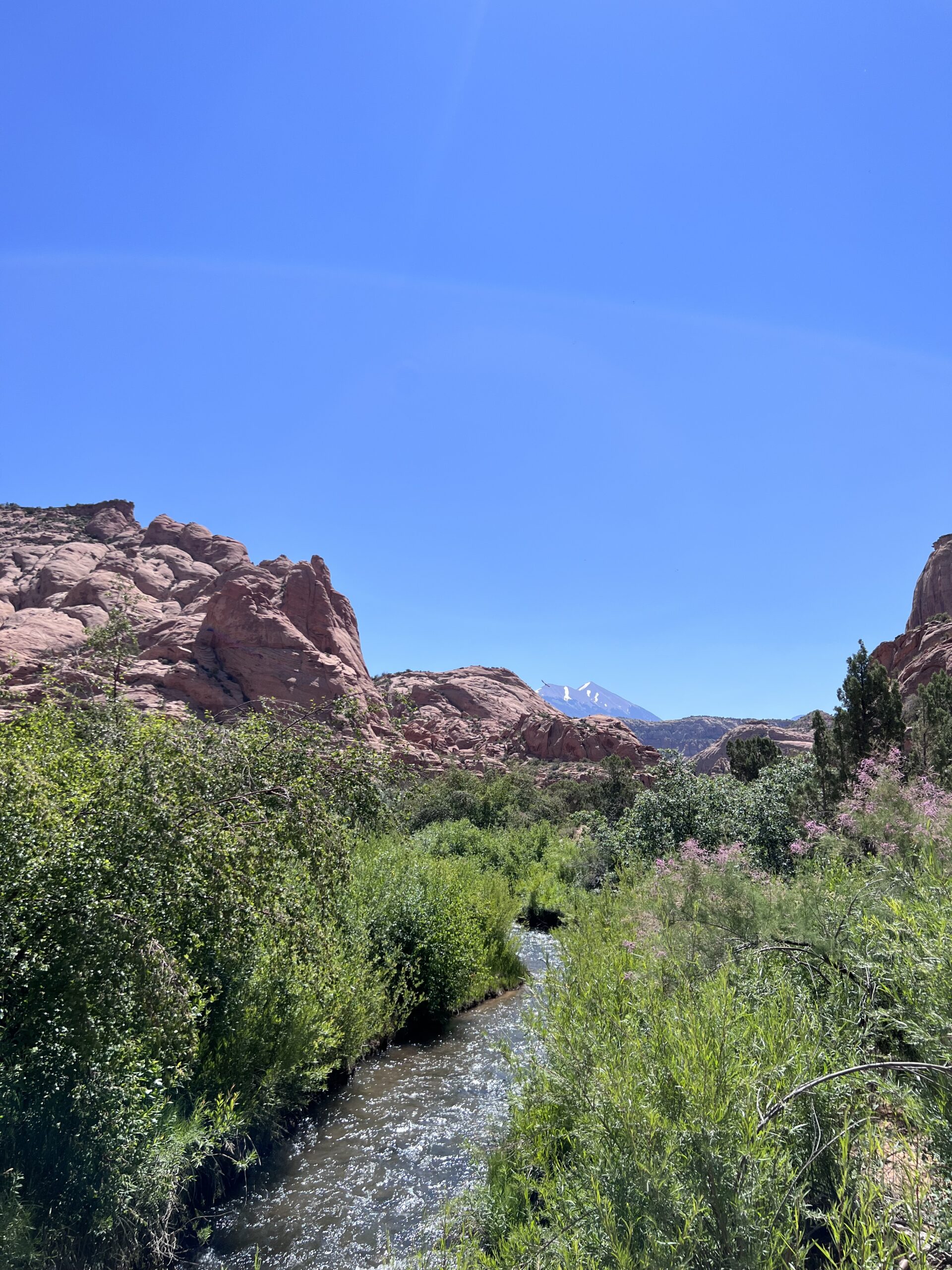Coming to Moab felt like walking into an old friends house, kicking off my shoes and slouching into a chair that felt like it had been made just for me. As the Colorado River has effortlessly carved its way through this landscape, Moab has just as effortlessly shaped me in the short time I have been here. Just as water to the desert, this place brought so much life and growth to me.
The desert can seem so barren at a glance. It is such a harsh and trying landscape. Flash-floods, rattlesnakes, extreme heat, scarce water, and the list goes on and on. But if you take a closer look, you see that it is actually teeming with life and the creatures and plants that have made their way out here are each strong and unique. There is inspiration everywhere and everything has a lesson to teach you, if you are willing to listen. Every plant has a story to tell about perseverance, every grain of sand was once a part of something bigger than itself and every drop of water has travelled hundreds of thousands of miles and moved mountains to do so.

This uniqueness is not just isolated to the desert. When most people think of Moab they think of arches made of red sandstone or the Colorado River running between two massive rusty walls. It is not the mountains that first come to mind. As you make your way up into the La Sals it is very clear that you have found yourself on an island surrounded by a sea of red. These 12,000 foot giants stand tall above the desert floor. As the sun rises in the morning the desert is slowly untucked from their shadowy embrace, setting the desert ablaze with color. No matter where I am, my eyes are always drawn to these mountains. Perhaps it is the way that these mountains are perched so precariously in the middle of the desert that has me so enamored with them.

In a few short days I will be packing up my belongings into my car and driving away from the place I have been lucky enough to call home for the past 5 months. I will be bringing a few lessons with me when I go..
- Beautiful things can grow out of difficult circumstances.
- Mountains can be moved one grain of sand at a time.
- Stand tall, even when you are different.
- Always bring more water than you think…
- Life. Always. Persists.

